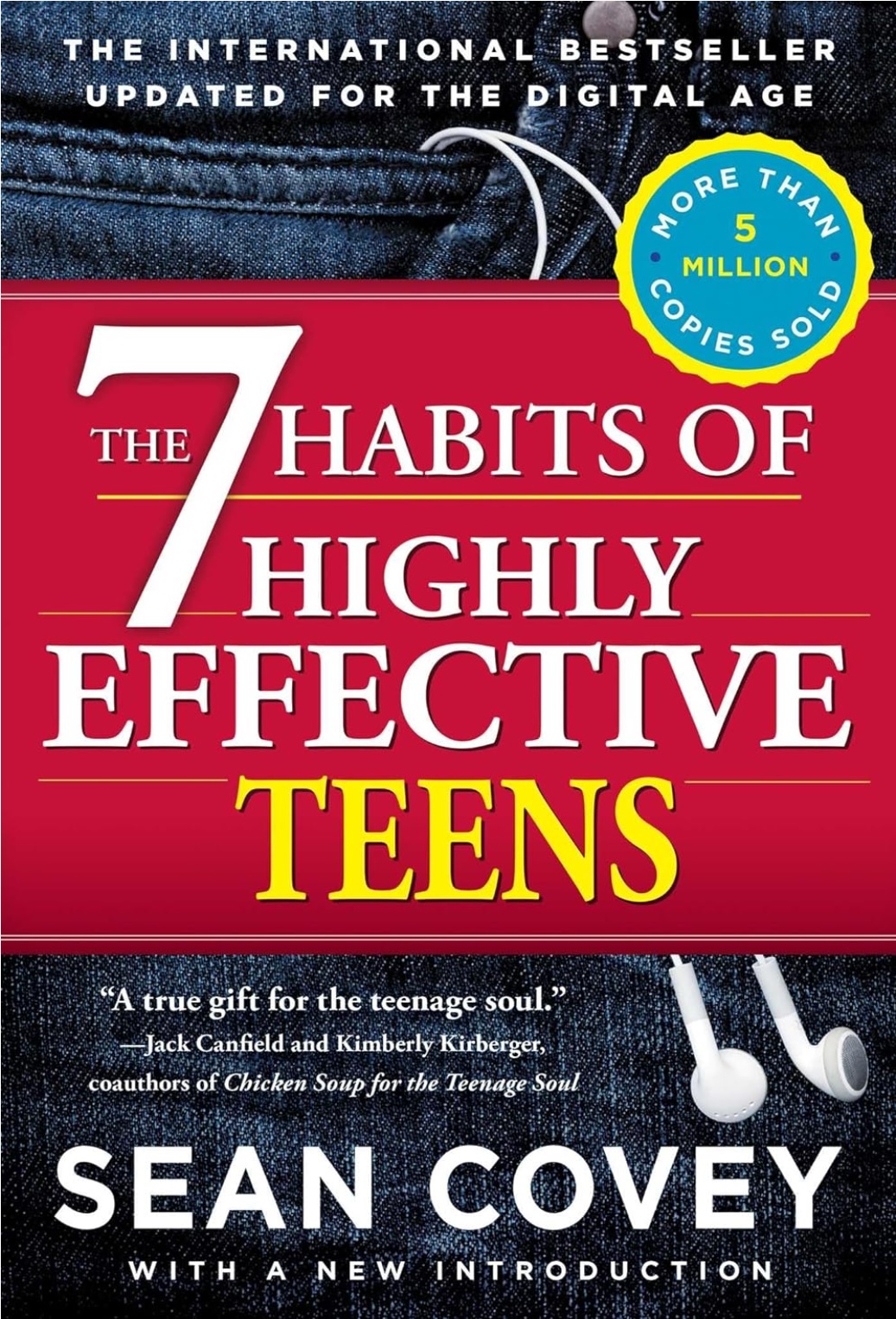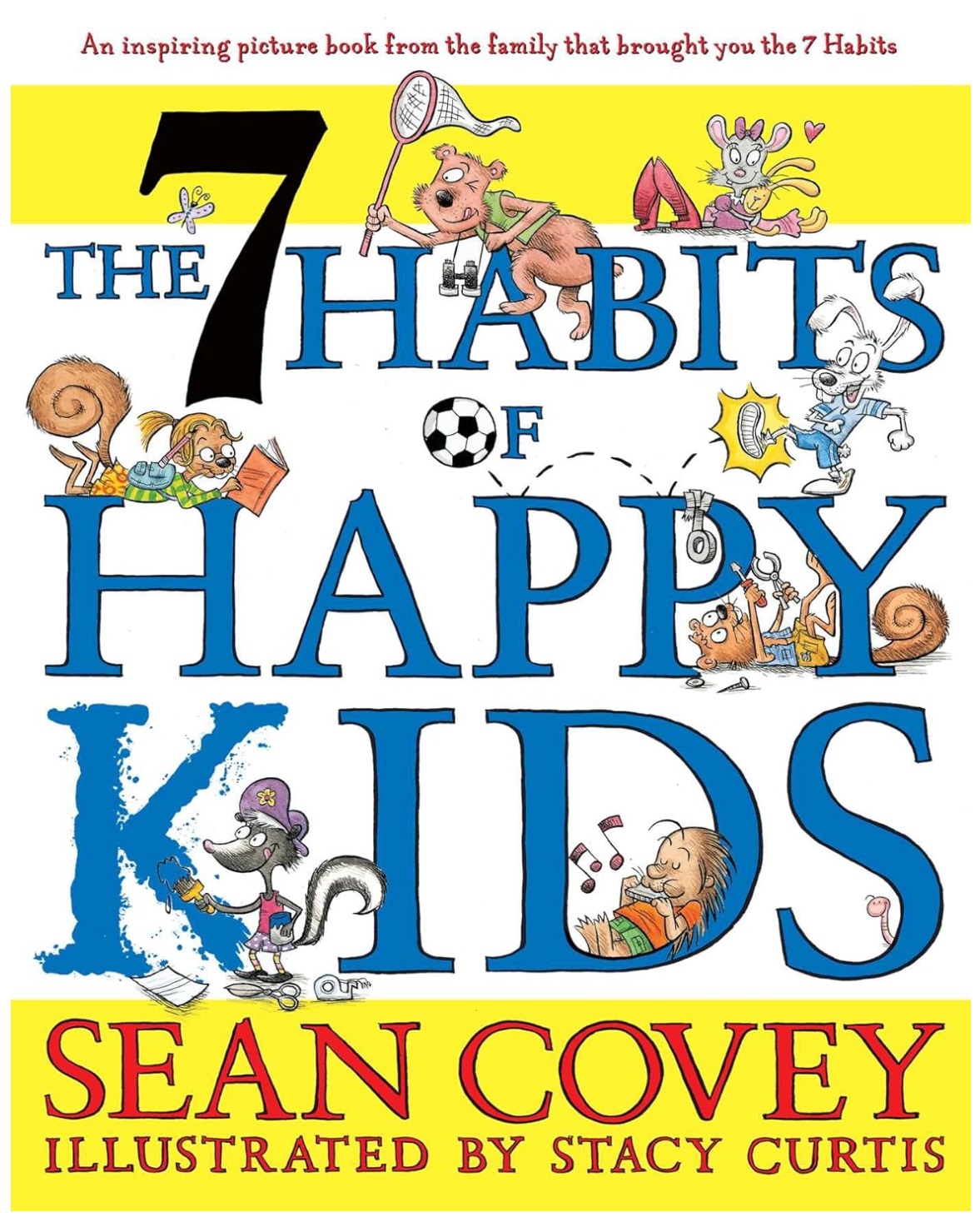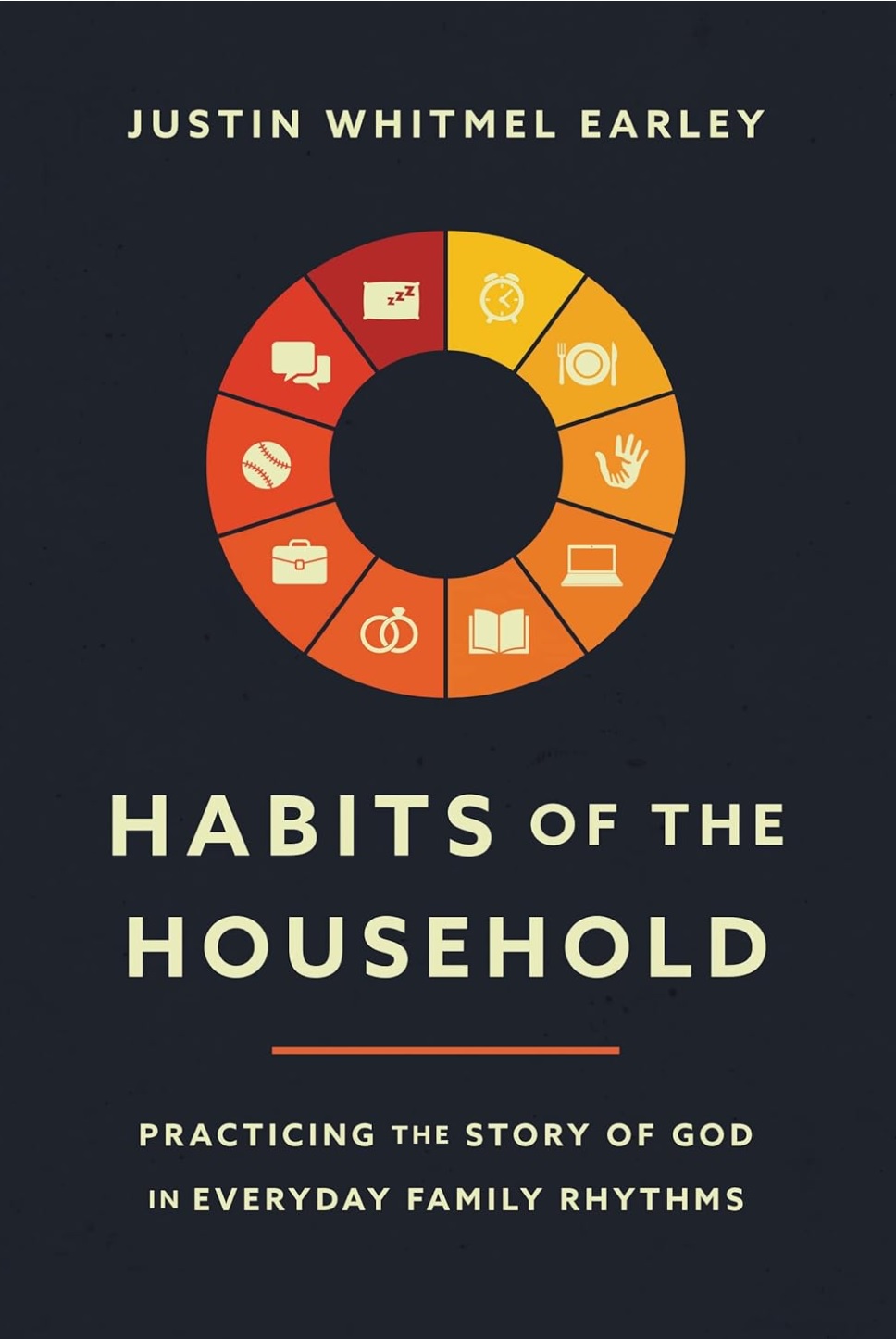The Power of Habit by Charles Duhigg explores how habits work and how they can be changed. Through a mix of research and compelling stories, the book reveals the hidden mechanisms behind habits, showing how they drive behavior in individuals, companies, and societies across all areas of life.
Duhigg provides insights into breaking bad habits and building new ones, offering practical tools and real-world applications for the reader.
The book is perfect for those seeking to harness the power of habits for personal growth, lasting change, and greater self-awareness.
The Power of Habit by Charles Duhigg is a compelling exploration into why habits exist and how they shape our lives.
When I first picked up this book, I was curious about how habits form and how I could use that knowledge to change my own behavior.
What I found was an intriguing blend of science and storytelling that opened my eyes to the incredible power of habits.
Table of Contents
ToggleDiscovering the Power of Habit
The Habit Loop
Duhigg introduces the concept of the “habit loop,” which consists of three components: cue, routine, and reward. This loop is the foundation of all habits, whether they’re good or bad.
Understanding this framework made it easier for me to recognize the patterns in my daily routines.
For example, I used to have a bad habit of checking my phone every few minutes at work. The cue was a moment of boredom, the routine was grabbing my phone, and the reward was a brief distraction.
Once I understood the loop, I could start to break it by changing the routine.
Keystone Habits
Another fascinating idea in the book is “keystone habits.” These are habits that, when adopted, can trigger a chain reaction of positive changes.
Duhigg gives examples like regular exercise or making your bed in the morning, explaining how these simple actions can lead to improved discipline and productivity in other areas of life.
I decided to test this theory by adopting a keystone habit myself. I started by exercising every morning for just 10 minutes.
Surprisingly, this small change made me feel more energized and led to healthier eating and better focus throughout the day.
Stories That Illustrate the Impact of Habits
What sets The Power of Habit apart is the way Duhigg uses real-life stories to illustrate the power of habits.
From corporate success stories to personal transformations, the book is filled with engaging examples that bring the concepts to life.
These stories not only made the book more enjoyable to read but also provided tangible proof of how powerful habits can be.
Habits in Business
Duhigg explores how companies use habits to drive success. The story of Starbucks stood out to me.
The company created routines for its employees, focusing on customer service and consistency. By establishing these habits, Starbucks became a model of efficiency and customer satisfaction.
This insight made me think about the importance of routines in my workplace. I started to look for ways to create consistent patterns to boost my productivity and improve my interactions with colleagues.
Personal Transformations
The book also delves into personal stories of habit change. Duhigg shares the story of Lisa Allen, a woman who transformed her life by quitting smoking.
This single habit change triggered a cascade of positive changes in her life, including weight loss, improved relationships, and career success.
This story was inspiring and made me believe that changing one key habit could lead to a ripple effect of positive outcomes. It motivated me to tackle some of my own bad habits with renewed determination.
Learn more about The Power of Habit on Amazon.
Applying the Lessons from The Power of Habit
After reading The Power of Habit, I was eager to apply the lessons in my own life. Duhigg provides practical tips and strategies for breaking bad habits and creating new ones.
The book’s actionable advice made it easy to start making changes, and I found myself referring back to it frequently as I worked on building better habits.
Changing the Cue
One strategy Duhigg suggests is changing the cue to break a habit loop. By identifying what triggers a habit, you can alter the environment to disrupt the cycle.
I used this approach to stop my late-night snacking habit. I realized the cue was watching TV in the evenings, so I started turning off the TV earlier and going for a walk instead.
This simple change helped me break the habit and adopt a healthier routine.
Creating a Routine
Duhigg also emphasizes the importance of creating a consistent routine to build new habits.
He explains that routines make it easier to stick with a habit because they remove the need for constant decision-making.
I used this approach to establish a morning routine that included meditation, exercise, and a healthy breakfast.
Having a set routine helped me start each day with focus and energy, setting a positive tone for the rest of the day.
Final Thoughts
The Power of Habit by Charles Duhigg is an enlightening book that delves into the science of habits and provides practical advice for changing them.
What I liked most about the book is its blend of engaging storytelling and actionable insights. The real-life examples and success stories made the concepts easy to understand, while the detailed strategies offered a clear roadmap for making changes.
If you’re interested in understanding the power of habits and how they influence every aspect of your life, I highly recommend this book.
It’s a valuable resource for anyone looking to break bad habits, build new ones, or simply gain a deeper understanding of human behavior.
After reading The Power of Habit, I felt empowered to take control of my habits and make positive changes that have had a lasting impact on my life.



































